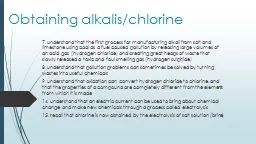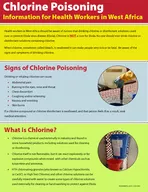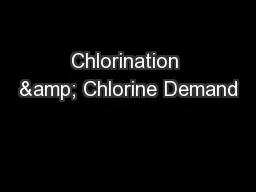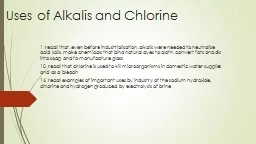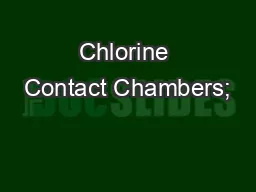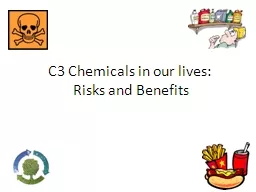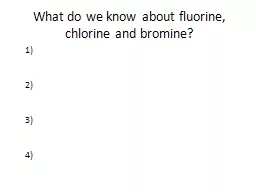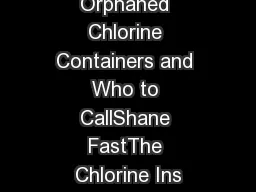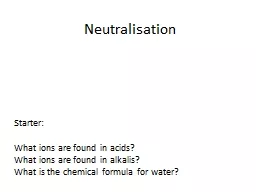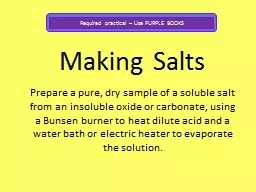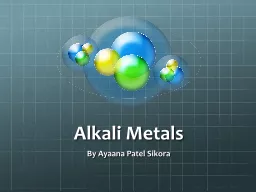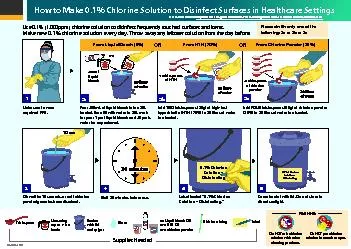PPT-Obtaining alkalis/chlorine
Author : kittie-lecroy | Published Date : 2015-10-16
7 understand that the first process for manufacturing alkali from salt and limestone using coal as a fuel caused pollution by releasing large volumes of an acid
Presentation Embed Code
Download Presentation
Download Presentation The PPT/PDF document "Obtaining alkalis/chlorine" is the property of its rightful owner. Permission is granted to download and print the materials on this website for personal, non-commercial use only, and to display it on your personal computer provided you do not modify the materials and that you retain all copyright notices contained in the materials. By downloading content from our website, you accept the terms of this agreement.
Obtaining alkalis/chlorine: Transcript
Download Rules Of Document
"Obtaining alkalis/chlorine"The content belongs to its owner. You may download and print it for personal use, without modification, and keep all copyright notices. By downloading, you agree to these terms.
Related Documents

